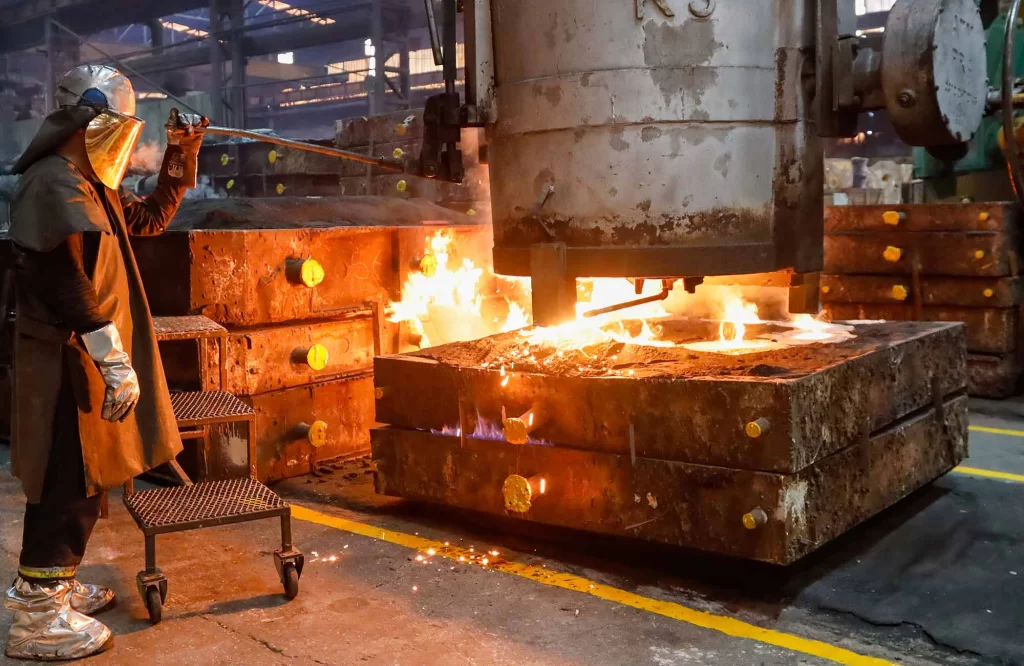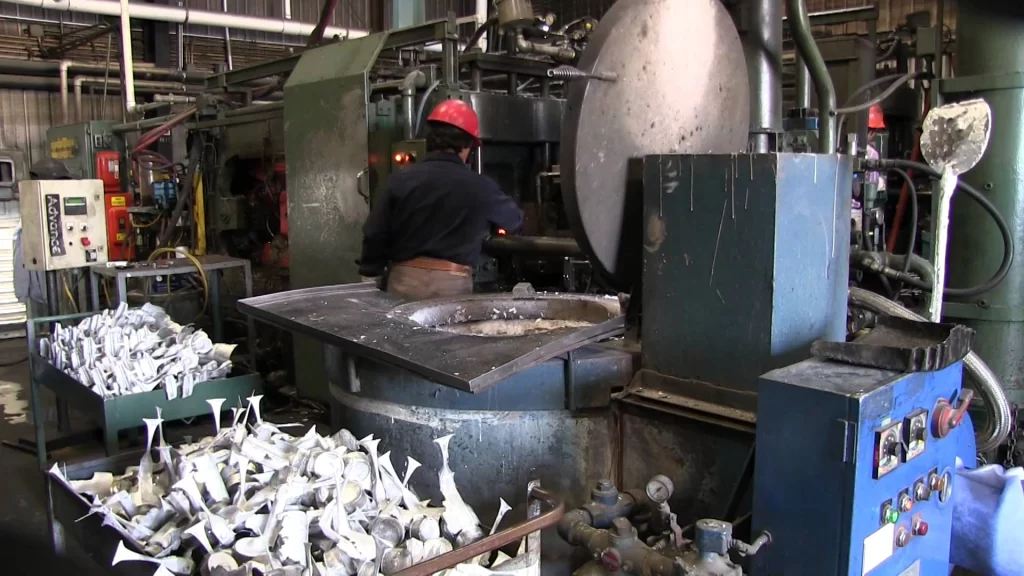When it comes to metal casting, selecting the right process can significantly impact the success of your project. Among the most commonly used methods, sand casting vs die casting, each has unique benefits and limitations. By Clearly, understanding these differences helps you choose the most efficient and cost-effective option for your manufacturing needs.

Which Casting Method Should You Choose?
Specifically, Sand casting is one of the oldest and most versatile metal casting processes. It involves pouring molten metal into a sand mold to create parts. This method is widely used for producing large, complex, and custom-shaped components.
Step-by-Step Guide to Sand Molding
First, a mold is created by packing sand around a pattern.
Next, molten metal is poured into the mold cavity.
Once cooled, the sand mold is broken to retrieve the casting.
Finally, the part is then cleaned and finished.
Benefits of Sand Molding
To begin with, Versatile: Works well with ferrous and non-ferrous metals.
Moreover, Cost-effective: Ideal for small to medium production runs.
In addition, Customizable: Can handle complex geometries and large sizes.
Finally, Low tooling cost: Sand molds are inexpensive and easy to modify.
Limitations
Surface finish is rougher, often requiring additional finishing.
Dimensional tolerances are less precise compared to die casting.
Longer production times due to mold preparation.

What is Die Casting?
In contrast, Die casting is a highly precise process that injects molten metal into reusable steel molds (dies) under high pressure. This method is perfect for mass-producing high-quality metal parts with tight tolerances.
The Die Casting Process Explained
-
Steel dies are prepared for production.
-
Molten metal is injected into the die at high pressure.
-
Typically, metal quickly cools and solidifies.
-
The part is ejected and ready for finishing.
Why Choose Die Casting?
- Produces parts with excellent surface finish and detail.
- Offers tight dimensional tolerances.
- Suitable for large-scale production.
- Parts are strong and durable.
Limitations
Firstly, high initial tooling and setup costs.
Secondly, limited mostly to non-ferrous metals like aluminum, zinc, and magnesium.
Finally, less flexible for very complex or large parts.
Sand Molding vs Die Casting: Main Differences
| Aspect | Sand Casting | Die Casting |
|---|---|---|
| Production Volume | Low to Medium | High |
| Cost Efficiency | Cost-effective for small batches | Economical for mass production |
| Surface Finish | Rough, requires finishing | Smooth, minimal finishing needed |
| Tooling Cost | Low | High |
| Material Flexibility | Ferrous & non-ferrous metals | Mostly non-ferrous metals |
| Precision | Moderate | High |
Making the Right Choice for Your Project
Choose Sand Casting if your project requires large, complex shapes, uses ferrous metals, or involves low to medium production volumes where tooling costs must be kept low.
On the other hand, Choose Die Casting if you need high-volume production, superior surface finish, tight tolerances, and you are working with non-ferrous metals.
Conclusion
While both sand casting and die casting have their unique strengths and are suited for different project needs. By understanding their advantages and limitations, you can select the best casting process to ensure quality, efficiency, and cost-effectiveness in your manufacturing.